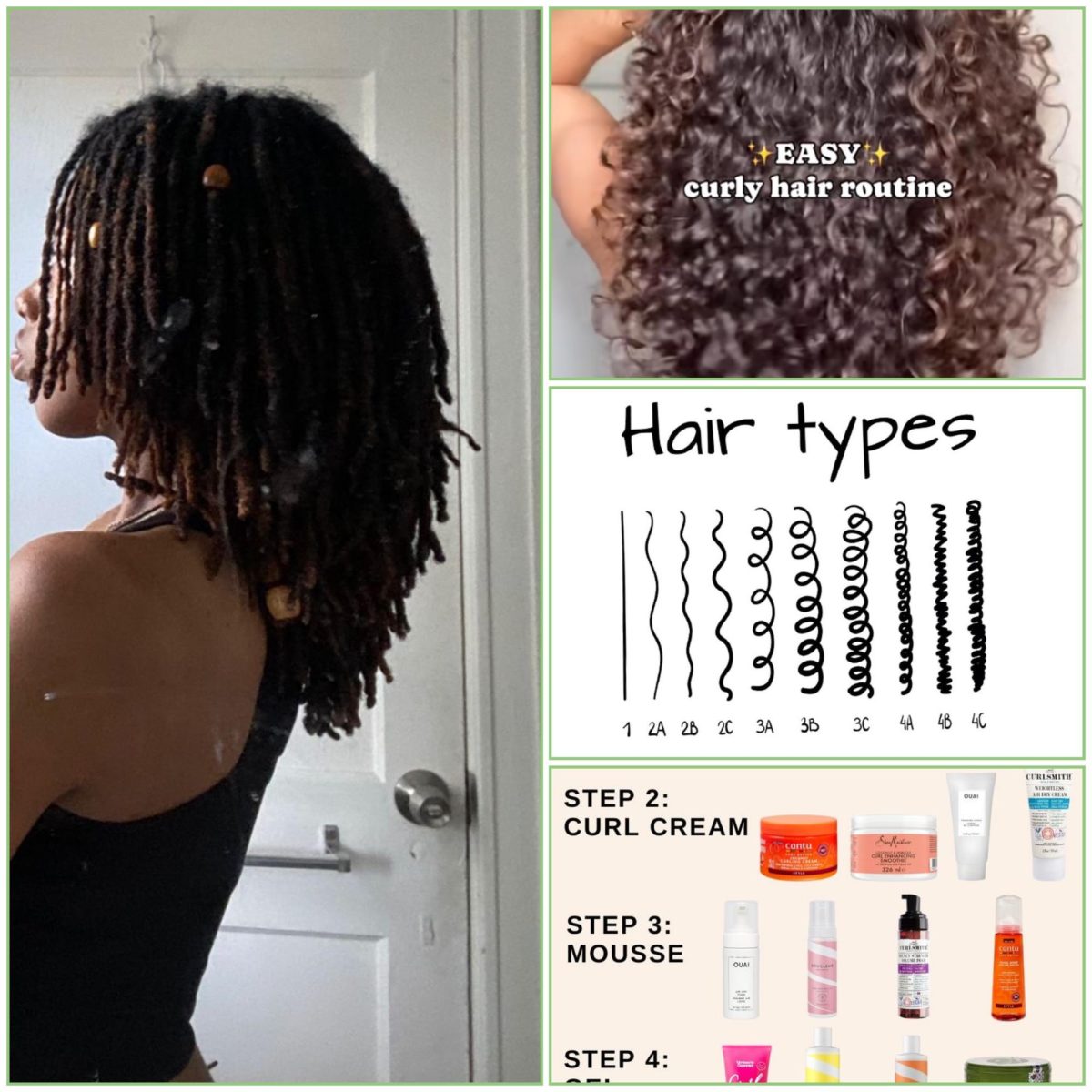Three years ago, I would’ve told you I had straight hair. But when I was in seventh grade, I was influenced by the “finding out I have curly hair” social media phenomenon and subsequently discovered I had what I would call wavy hair. I used a mousse and a diffuser, and I could coax out a vague curl pattern. Long story short, I took a buzzer to my scalp on the last day of exams in seventh grade, and the little curl I did have completely vanished, leaving me with pin-straight hair for the past two years.
I’ve experienced firsthand the discovery of having curly hair, but for some people, hair texture is much more personal than a TikTok trend.
For example, Black people have been discriminated against because of their hair type for centuries, beginning as a result of the trans-Saharan slave trade. Even today, texturism is rampant despite the CROWN Act (H.R.2116) being passed in 2022. While this act prevents employers from discriminating against employees based on their hair texture, this doesn’t mean Black individuals who wear these styles aren’t being treated differently. In the Air Force, there were prohibitions against protective styles—that African Americans have been wearing for centuries—such as locs, Bantu knots, or braids, labeling them “unkempt.” In other words, racism is still very much present, no matter how much the government or your grandpa would like to deny it.
With the more widespread availability and popularity of curly hair products, a trend has arisen: people documenting their curly hair routines and discovering they have curly or wavy hair, only to have the “curly hair police,” as they’re often called, saying they actually don’t have curly hair.
As it stands, hair discrimination is exceedingly common, but most of the general public either doesn’t know what it is or outright denies its existence. Those who don’t believe in texturism as a concept are, by extension, invalidating the experiences of Black individuals who have been told their natural hair is unprofessional. Even as I’m writing this, Google flagged texturism as a misspelled word. Am I saying that Google is racist? No, absolutely not; it’s an AI software that searches the Internet for the correct spellings of words. Honestly, that says more about the general public and the lack of awareness they have regarding hair discrimination than the company.
Because texturism is so prevalent, those with curly hair likely experienced it when they were younger. This, I believe, is the reason the “curly hair police” exists in the first place; there is a whole new wave of people who have lived their whole lives having straight hair, and now, they all of a sudden have curly hair. They didn’t have to deal with the pressure to chemically straighten their hair. They didn’t have to fight through adversity to get to a place where they are proud of and celebrate their hair. It seems unfair, does it not? Especially because these people who are beginning to learn what their hair type really is are not Black.
In many ways, creating a curly hair routine is a fun way to spend one’s time, but I think it’s important to remember the history of discrimination that is inherently a part of styling curly hair.



























































































Duane • Nov 19, 2024 at 10:07 pm
Informative and well written…. Thanks for educating me with this article Soph….